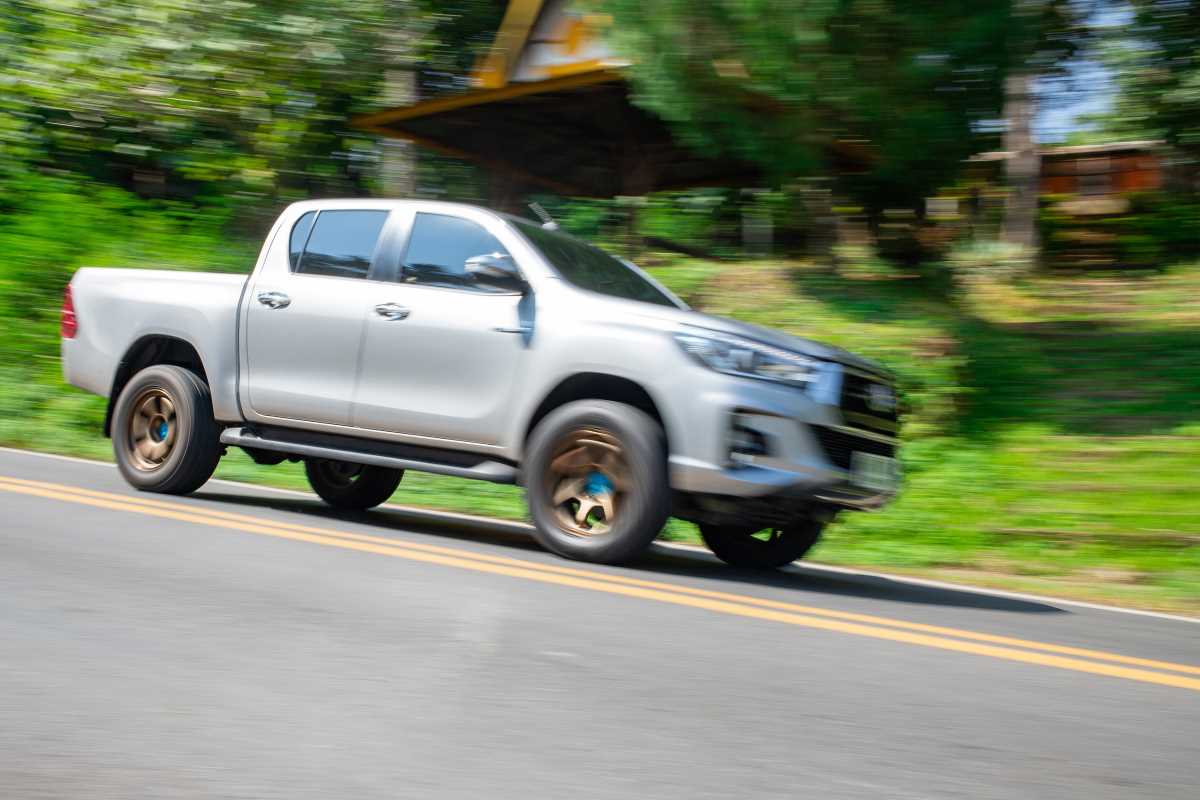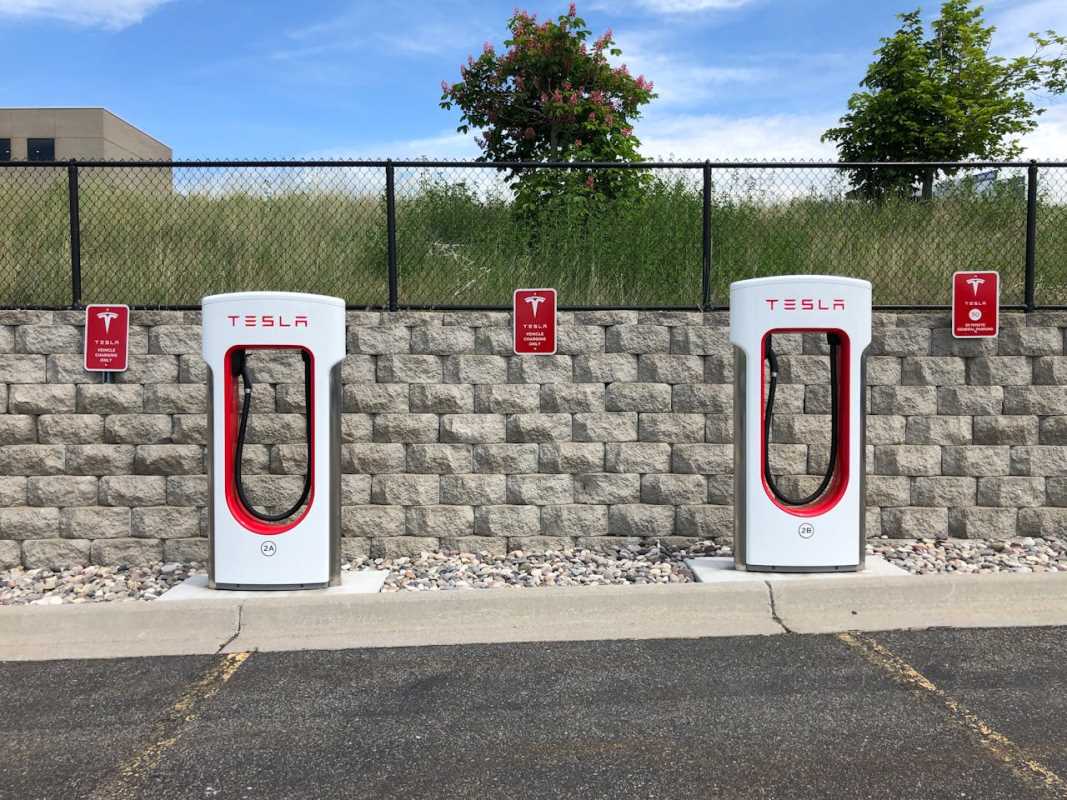Navigating the world of car insurance can feel like learning a new language, with terms like "liability" and "full coverage" thrown around. You want to make the right choice for your protection and your budget, but it’s hard to feel confident when you’re not sure what these terms actually mean. We’re here to clear up the confusion and empower you with knowledge. Getting the right insurance is a powerful step in securing your financial well-being. This guide will walk you through the real difference between liability and full coverage, so you can choose the policy that best fits your life with total confidence.
What Is Liability Insurance?
Liability insurance is the foundation of any auto insurance policy. In fact, it's legally required in nearly every state to drive a car. Think of liability coverage as your financial shield for protecting other people when you are at fault in an accident. It does not cover damage to your own car or your own injuries.
The core purpose of liability insurance is to cover the costs you are legally responsible for after an accident you cause. It is broken down into two main parts:
Bodily Injury Liability (BI)
Bodily Injury liability pays for the medical expenses of other people injured in an at-fault accident. This can include everything from initial hospital bills and ambulance rides to long-term costs like physical therapy and even lost wages if the injured person is unable to work. It also covers your legal defense fees if you are sued as a result of the accident.
BI coverage is typically shown as two numbers on your policy, such as $50,000/$100,000.
- The first number ($50,000) is the maximum amount your insurer will pay for a single person's injuries.
- The second number ($100,000) is the maximum total amount your insurer will pay for all injuries in a single accident.
Property Damage Liability (PD)
Property Damage liability pays to repair or replace other people's property that you damage in an at-fault accident. Most often, this means the other driver's car. However, it can also cover damage to other property, like a fence, a mailbox, or even a building that you might hit.
PD coverage is represented by a third number, like $25,000. So, a full liability limit might look like this: 50/100/25.
It’s important to know that state minimum liability requirements are often very low. They may not be enough to cover the costs of a serious accident, which could leave you personally responsible for paying the rest. We’re here to help you choose limits that truly protect your assets.
What Is Full Coverage?
Here’s one of the most important things to know: "full coverage" isn't actually a specific type of policy. Instead, it's a common term for a policy that combines liability insurance with two other critical types of coverage that protect your own vehicle.
Full coverage = Liability Insurance + Collision Coverage + Comprehensive Coverage.
Let's break down those extra layers of protection.
Collision Coverage
Collision coverage pays to repair or replace your own car after it's damaged in a collision with another object. This includes accidents with other vehicles, as well as single-car accidents like hitting a pole, a tree, or a guardrail. It applies regardless of who is at fault. So, even if you cause the accident, collision coverage is there to fix your car.
Comprehensive Coverage
Comprehensive coverage pays to repair or replace your car if it's damaged by something other than a collision. It’s your protection against a wide range of non-accident events and "acts of God."
Common examples of what comprehensive covers include:
- Theft and vandalism
- Fire, floods, hail, and windstorms
- Falling objects, like a tree branch
- Hitting an animal, such as a deer
Both collision and comprehensive coverage come with a deductible. A deductible is an amount you agree to pay out of pocket for a claim before your insurance pays the rest. You can choose your deductible amount—a higher deductible usually means a lower premium, while a lower deductible means a higher premium.
How to Choose the Right Coverage for You
Deciding between liability-only and full coverage is a big decision. You’ve got this, and we’re here to help you think through it. The right choice depends on your personal financial situation and your vehicle.
When Liability-Only Might Make Sense
Opting for liability-only coverage could be a smart financial move in certain situations. Consider it if:
- Your car has a low market value. A good rule of thumb is to compare the cost of full coverage to your car's value. If the annual cost of collision and comprehensive is more than 10% of your car's value, it might not be worth it.
- You own your car outright. You have the freedom to choose your coverage level without a lender's requirements.
- You have enough savings to repair or replace your car. If your car were totaled tomorrow, would you be able to comfortably cover the cost of a new one without financial hardship? If the answer is yes, liability-only might be sufficient.
When Full Coverage Is the Better Choice
Full coverage offers invaluable peace of mind and financial protection. It's almost always the right choice if:
- You have a car loan or lease. Your lender or leasing company has a financial stake in your vehicle and will require you to carry full coverage to protect their investment.
- Your car is new or valuable. For most people, a car is one of their biggest assets. Full coverage ensures you can repair or replace it after an accident without draining your savings.
- You couldn't afford to replace your car. If you rely on your car daily and don't have the emergency funds to buy a new one, full coverage is a crucial safety net.
 (Image via
(Image via





